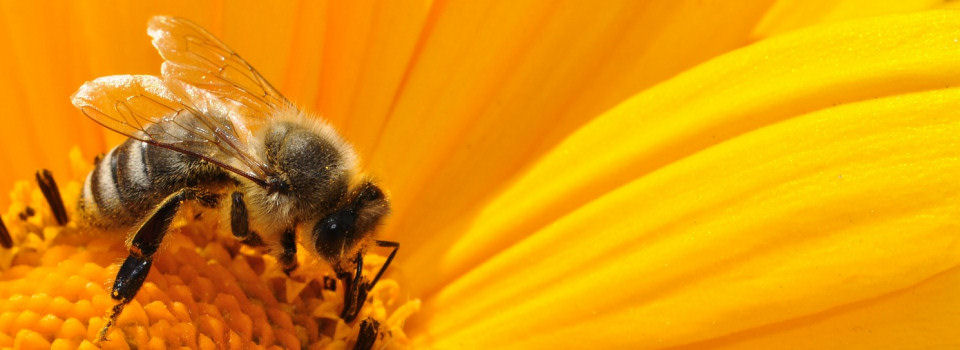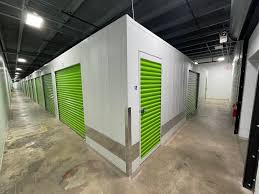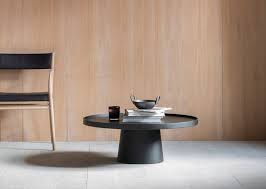The dark shadow moves along the promenade, cloth rippling with each step. An abaya with cardigan — a modest covering with a strong statement. Centuries of cultural importance are spun through the very threads of this flowing gown.
Wander throughout packed Middle Eastern markets and you will find countless varieties. While some abayas remain undecorated, striking in their simplicity, others glitter with little jewels catching sunrays. Women often modify these flowing garments to honor modesty rules and express themselves.
I still see my grandmother choosing cloth for her next abaya. Her fingers would float across silk, crepe, chiffon. "This one tells stories," she murmured about particular textiles. I found it incomprehensible as a child that cloth could speak, but it makes sense today. The right abaya tells a lot about its wearer.
Fashion designers of today have reinvented this classic covering. With unconventional forms, brilliant decorations, and modern materials, Dubai stylists challenge convention. The traditional form stays, but a modern abaya could include delicate French lace accents or kimono-inspired sleeves.
The range of pricing is astounding! While luxury stores offer hand-embroidered masterpieces costing thousands, market vendors sell simple designs around $50. Every price range matches a distinct situation: daily tasks vs official meetings.
Digital channels have changed the way abayas are sold. Millions of people follow Instagram accounts with an abaya style focus. Young trendsetters combine traditional with modern, matching designer pursues and abayas with sports shoes. Revised fashion guidelines!
Regional variances highlight intriguing narratives. While North African variants can feature vivid colors and cultural motifs, Gulf countries prefer black abayas with gold highlights. The garment changes with local customs but still serves its basic purpose.
Let's go straight for common misunderstandings. Although many visitors find the abaya to be restricting, talks with wearers provide different points of view. "My abaya lets me breathe," says one recent graduate. "I walk across public areas without continual staring when I wear it." Another woman talks of becoming empowered in her abaya at business conferences.
Design decisions are strongly influenced by climate considerations. Under hot desert conditions, breathable materials rule. Some more modern abayas draw technical elements from sportswear. Smart adaptation answers pragmatic problems!
In some areas, the abaya industry has great economic weight. Both big fashion companies and small family enterprises rely on consistent consumer interest. One designer revealed her abaya line supporting three of her children's college for all.
Retaining these clothes calls for particular attention. While extravagant ceremonial items necessitate mild treatment, everyday abayas must be often washed. Like with varied clothing for seasonal changes, most women own many abayas for different uses.
Looking forward, the abaya keeps changing. Eco-friendly textiles have become rather popular recently. New collections feature recycled goods and organic cotton more and more. Modern brands today provide environmentally acceptable substitutes.
Fashion shows using abaya designs alongside western clothing increasingly feature Dubai, Doha, and other metropolitan locations. This worldwide forum fosters fresh respect for a clothing hitherto considered only as utilitarian.
The abaya is at an interesting junction: modesty meets personal expression, religious practice meets fashion statement, tradition meets invention. This is a garment with many different meanings.




















